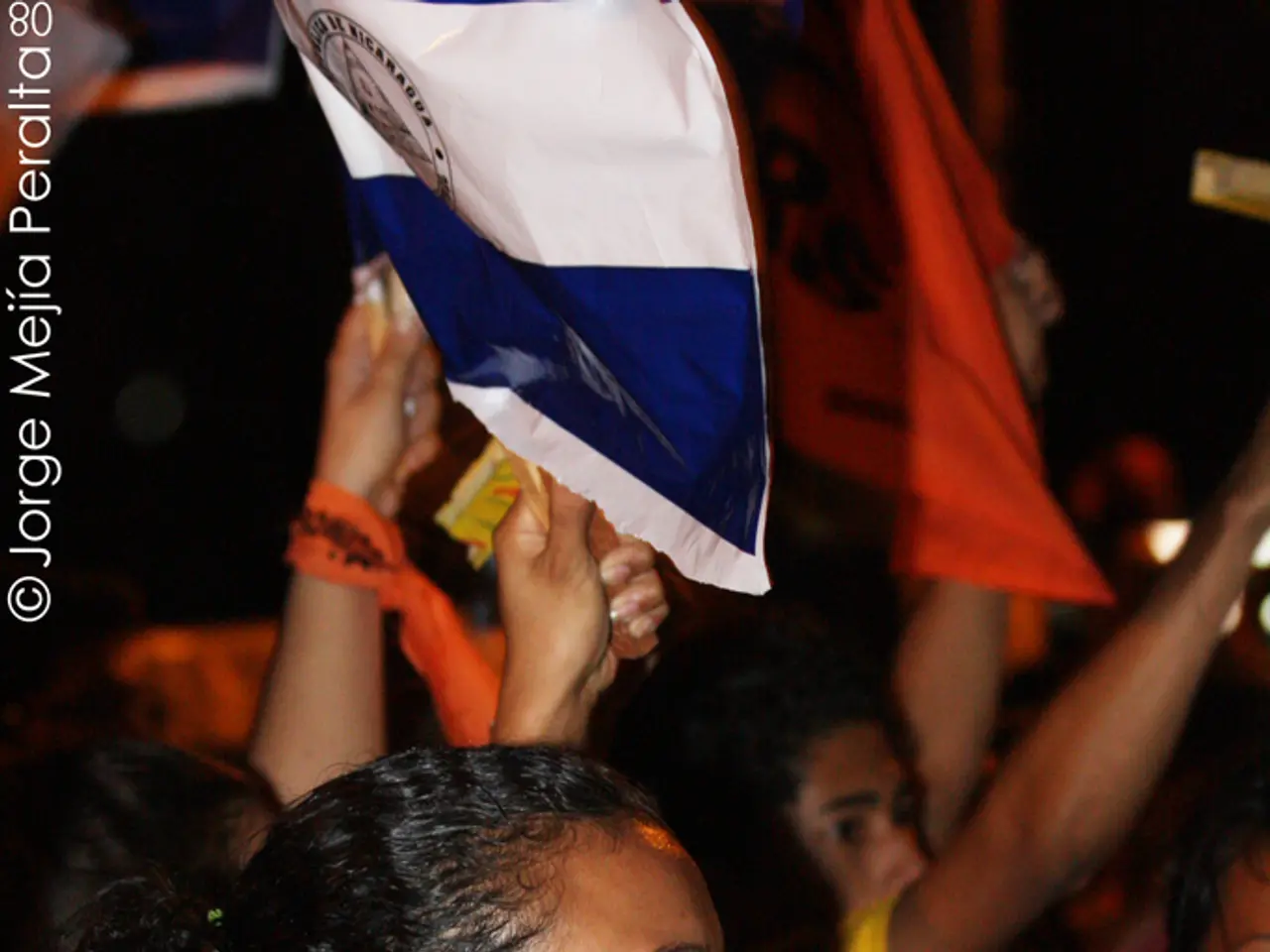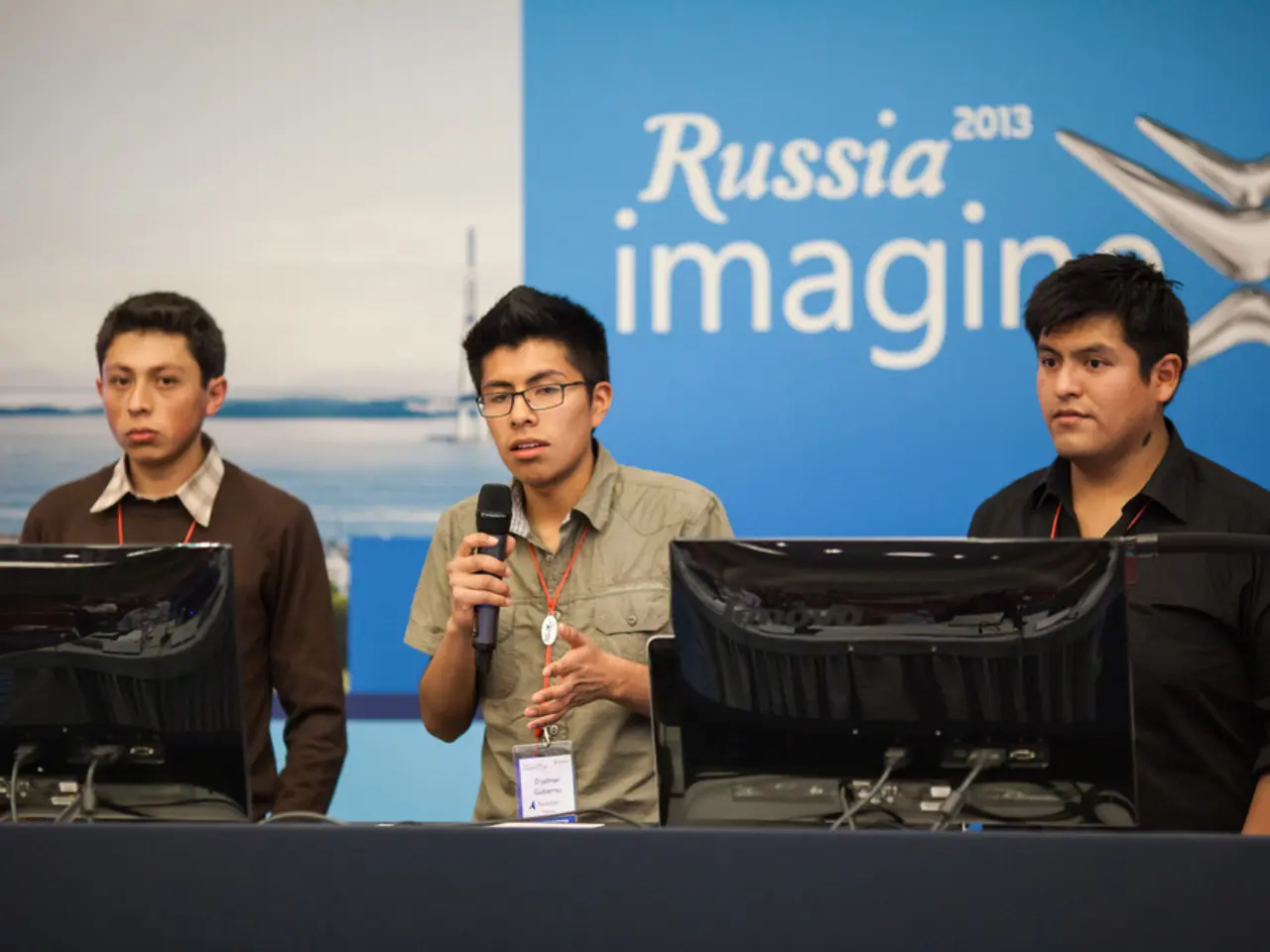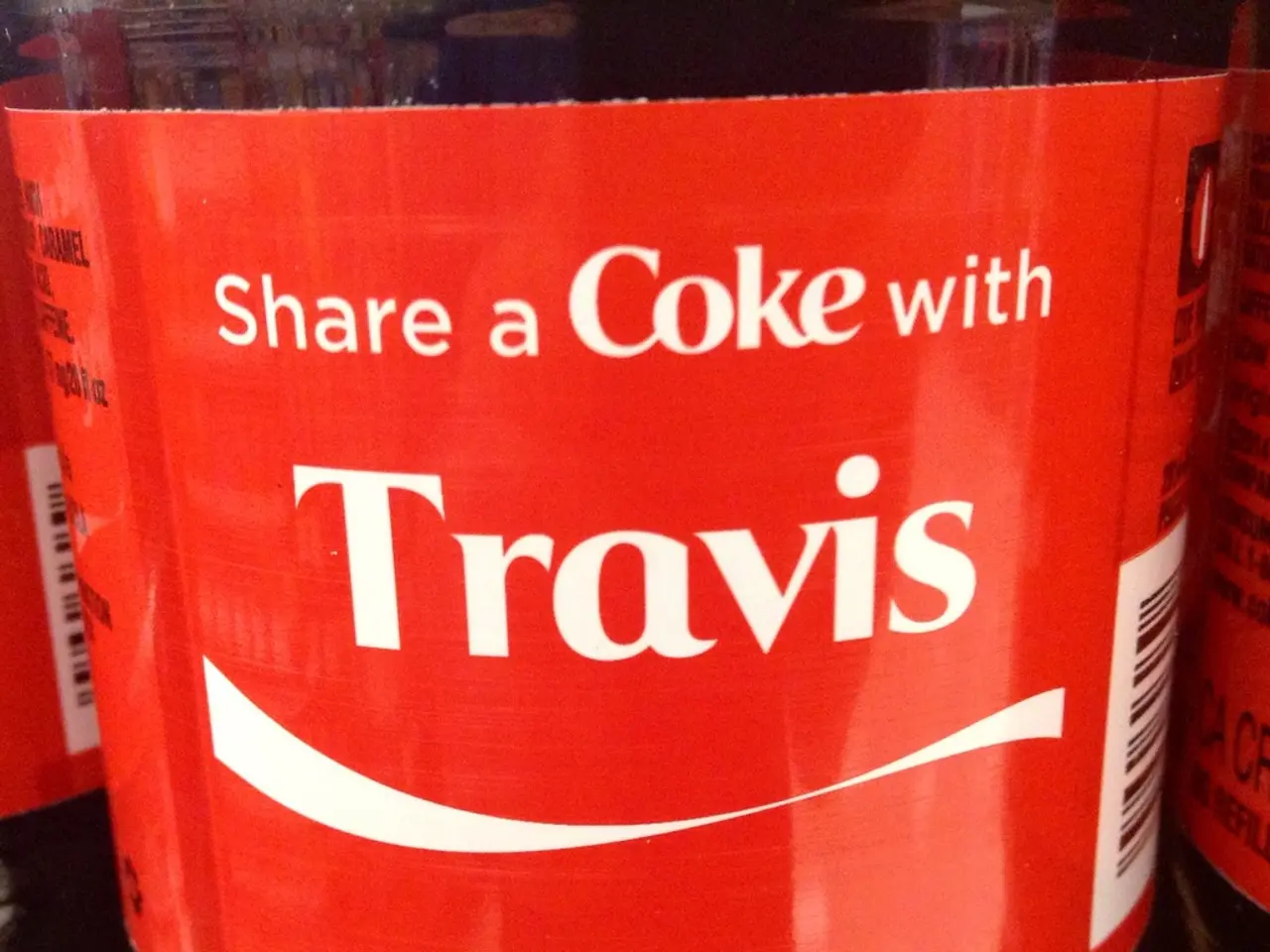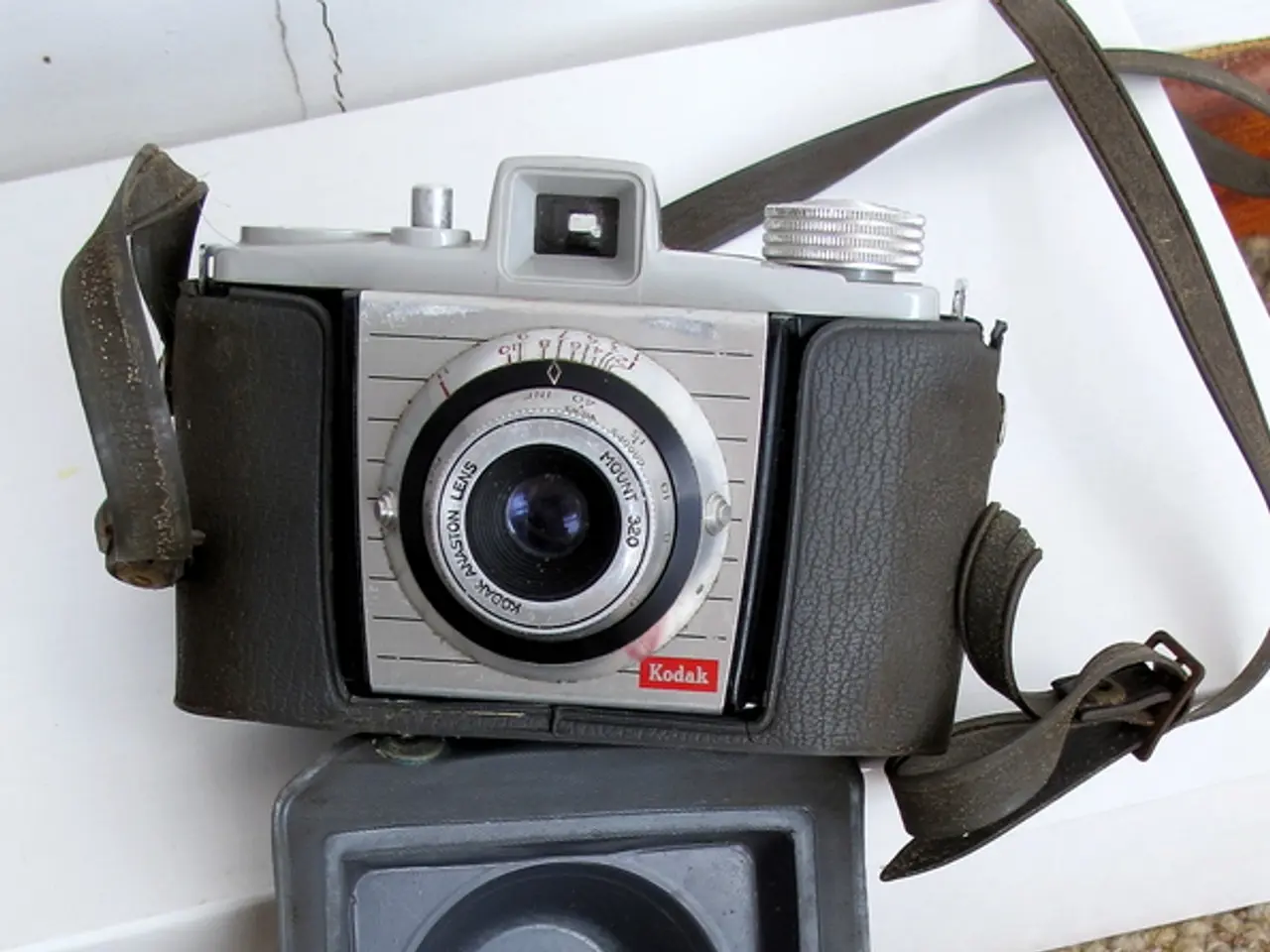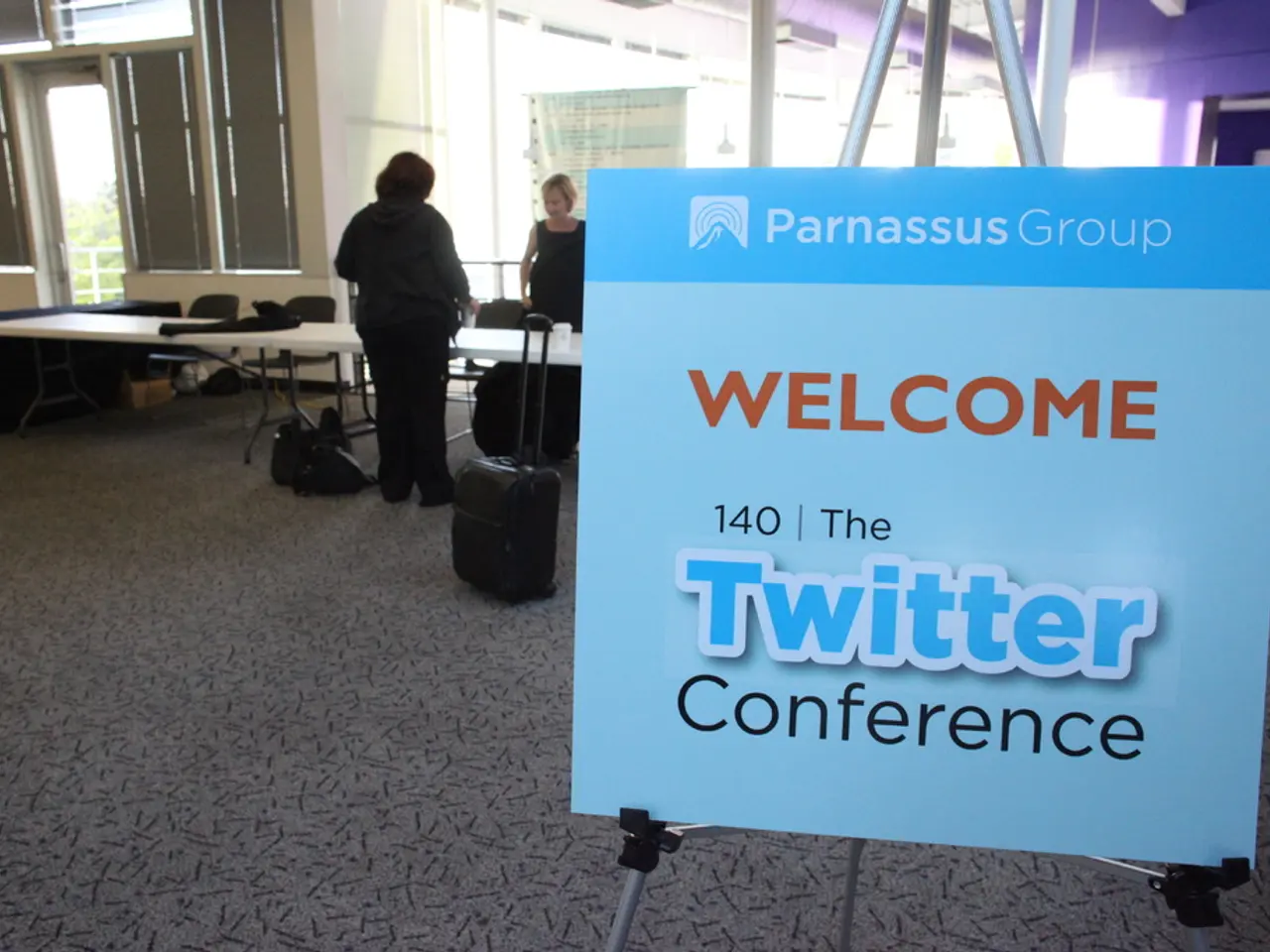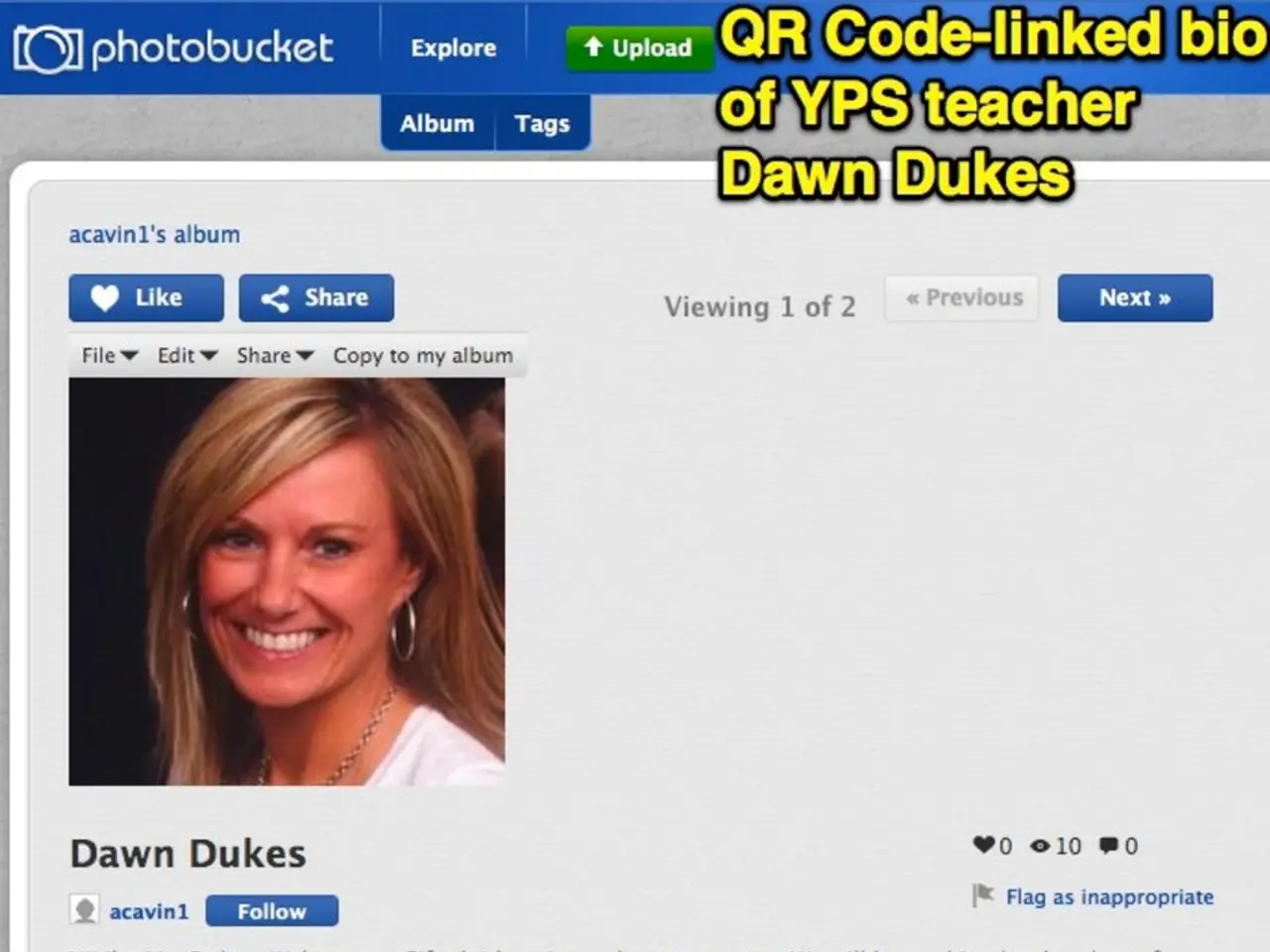Exploration of Protest Art's Evolution - Highlighting Pivotal Works by Figures Like Ai Weiwei and Banksy
In the realm of art, the power to challenge, provoke, and inspire change is a fundamental aspect. Over the past six decades, protest art has emerged as a potent force, addressing social, political, and cultural injustices with unparalleled creativity. This article explores some of the most influential examples of contemporary protest art since the 1960s.
Alex Hartley's art project Nowhereisland, Chris Burden's performances, and the Guerrilla Girls' activism are just a few instances that demonstrate the transformative power of art. Nowhereisland, an island originating from the Arctic, was taken into International Water and declared a new nation, symbolising the struggle for identity and sovereignty. During the 2012 Olympic Games, the island was towed around South West England before being broken up and divided among 23,003 citizens from 135 countries.
Chris Burden's performances, often controversial, aimed to engage audiences with political messages, encouraging them to consider their responsibilities. The Guerrilla Girls, a feminist art collective, started shaking the art world over 30 years ago by pointing out gender and racial inequalities through various forms of protest art and flagrant acts of misogyny shaming.
The Black Arts Movement, an African-American-led movement that intertwined activism and art to celebrate Black culture and political consciousness, is another significant example. The Wall of Respect, a mural in Chicago commemorating Black icons like Martin Luther King Jr. and Malcolm X, became a lasting symbol of Black pride and community solidarity.
Emerging from feminist activism, WAR in the 1960s and the Guerrilla Girls, founded in 1985, protested gender and racial inequality within the art world through provocative posters, billboards, and public actions. Guerrilla Girls combined humor, statistics, and striking visuals to highlight misogyny and racism in museums and galleries, continually influencing feminist art activism.
ACT UP used art and direct action to raise HIV/AIDS awareness and fight stigma. David Wojnarowicz’s raw, confrontational works became emblematic of this struggle, blending personal narrative with political protest to challenge public indifference towards the epidemic.
Banksy, a globally recognized street artist, has created a series of politically charged works in contentious zones such as Palestine, Syria, Calais refugee camp, and a subversive theme park called Dismaland. Iconic works like *Flower Thrower* on the West Bank barrier and his 2022 mural symbolizing resistance against Vladimir Putin’s aggression in Ukraine underscore protest art’s power to cut through propaganda with imagery and humor.
Pussy Riot, a Russian feminist punk collective, staged a protest performance in Moscow's Cathedral of Christ the Savior in 2012, which led to their trial and jail sentence, and became a symbol of the battle against Vladimir Putin's oppressive regime.
South African Resistance Art, created by artists like Willie Bester and Sue Williamson, confronted apartheid violence and censorship, highlighting racial oppression and state brutality. Their work continues as a vital tradition to confront ongoing structural violence and inequality.
These examples illustrate how protest art since the 1960s has evolved into diverse forms—murals, performance, street art, collective actions—while consistently serving as a vehicle for marginalized voices and social change. Collectives and individuals alike have utilized art not only for aesthetic purposes but as direct political intervention and community empowerment.
In the fight against various forms of oppression and inequalities, including gender, race, and class, art has played a significant role. Picasso's Guernica, a painting based on the Spanish Civil War, served as an inspiration for the modern human rights movement. Artists like Keith Haring, Niki de Saint Phalle, and Robert Mapplethorpe raised their voices during the AIDS pandemic in the 1980s.
As we move forward, the power of protest art remains undiminished, serving as a testament to the human spirit's resilience and the potential for art to bring about change.
- Chris Burden's performances, similar to the Guerrilla Girls' activism, use art as a form of political intervention, challenging audiences to consider their responsibilities in the realm of general-news and politics.
- South African Resistance Art, like the Guerrilla Girls' work, continues to highlight racial and gender inequalities through various forms of protest art, mirroring the transformative power of art in advocating for social change in the political and general-news arena.
